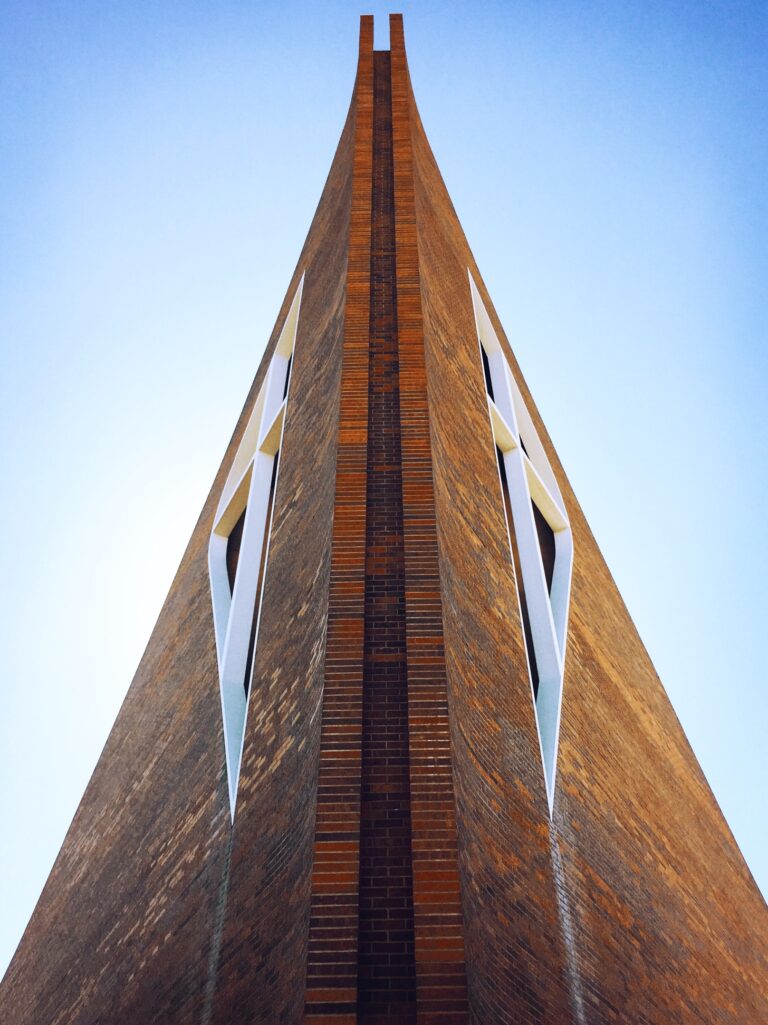Culture Shock: The Wonder Land Of Yesterday
Modern Albuquerque Investigates The City's Architectural Past


St. Paul’s Lutheran Church on Indian School is featured on Modern Albuquerque’s “Must-See Modernism” map
Thea Haver

Classic Century Square, 1957, by Flatow and Moore, along Central Ave.
Thea Haver








